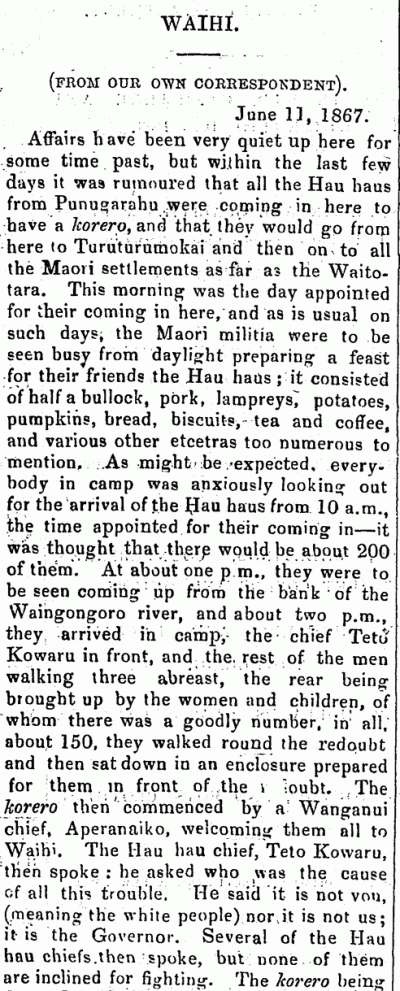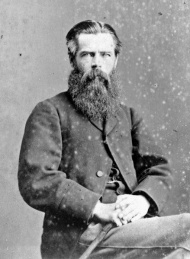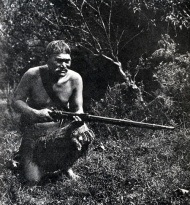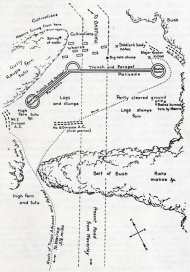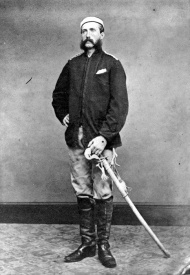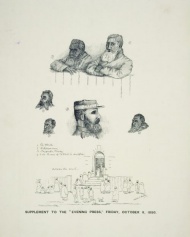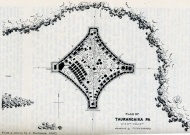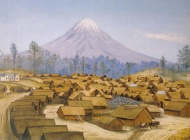Personal details
Full Name:
- Riwha Tītokowaru
Lifetime:
- ?–1888

Ngā Ruahine prophet, military leader, master tactician, peacemaker and Parihaka supporter, Tītokowaru was one of New Zealand's most important nineteenth-century figures.
Read more...Events In History
-
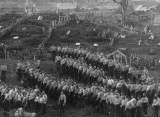 5 November 1881Invasion of pacifist settlement at Parihaka
5 November 1881Invasion of pacifist settlement at ParihakaAbout 1600 troops invaded the western Taranaki settlement of Parihaka, which had come to symbolise peaceful resistance to the confiscation of Māori land. Read more...
-
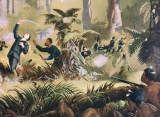 7 September 1868Von Tempsky killed at Te Ngutu-o-te-manu
7 September 1868Von Tempsky killed at Te Ngutu-o-te-manuGustavus von Tempsky was killed during an assault on Tītokowaru's south Taranaki pā. His exploits during the New Zealand Wars had made the Prussian soldier of fortune a folk hero for many European settlers. Read more...
-
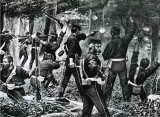 9 June 1868Beginning of Tītokowaru's war
9 June 1868Beginning of Tītokowaru's warNgā Ruahine fighters led by Riwha Tītokowaru killed three Pākehā settlers near Ketemarae, north of Hāwera, signalling the resumption of fighting in south Taranaki. Read more...
Articles
Tītokowaru's war
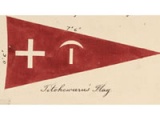
In the 1980s James Belich argued that Tītokowaru’s war had become a ‘dark secret’ of New Zealand history, ‘forgotten by the Pākehā as a child forgets a nightmare’. For Belich, Tītokowaru was ‘arguably the best general New Zealand has ever produced’.
-
Page 2 – Early years
Tītokowaru’s commitment to missionary Christianity was showing signs of strain by the 1850s as a Māori nationalist movement emerged.
-
Page 3 – The year of the lamb
Tītokowaru proclaimed 1867 as ‘the year of the daughters … the year of the lamb’. His efforts for ‘reconciliation and peace’ were remarkable, given the events of the previous
-
Page 4 – The war begins
In March 1868 Tītokowaru authorised a muru (punitive plunder) against Pākehā involved in the confiscation of land at Ketemarae (Normanby).
-
Page 5 – Turuturumōkai to Moturoa
Before dawn on Sunday 12 July 1868, 60 of Tītokowaru’s men led by Haowhenua bypassed the large colonial force in Waihī Redoubt and attacked nearby Turuturumōkai, which was
-
Page 6 – Crisis of confidence
News of Te Kooti’s assault on Matawhero in Poverty Bay a few days after the defeat at Moturoa raised serious questions about the Armed Constabulary’s ability to protect
-
Page 7 – Taurangaika
Taurangaika measured 140 m across at its widest point and was without doubt Tītokowaru’s ‘most formidable fortress’.
-
Page 8 – A return to peace
In late 1869 Tītokowaru had his third conversion to peace, after which his relationship with Te Whiti-o-Rongomai and Tohu Kākahi of Parihaka strengthened.
-
Page 9 – Further information
Links to further information and books about Tītokowaru
Treaty timeline
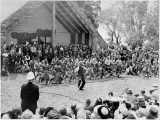
See some of the key events between 1800 and 1849 relating to the Treaty of Waitangi.
- Page 2 - Treaty events 1850-99See the key events between 1850 and 1899 relating to the Treaty of
New Zealand's 19th-century wars
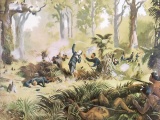
War changed the face of New Zealand in the 19th century. Many thousands of Māori died in the intertribal Musket Wars between the 1810s and the 1830s. There were more deaths during the New Zealand Wars of the 1840s to 1870s between some Māori and the Crown, which for many tribes had dire consequences.
-
Page 5 – End of the New Zealand Wars
The New Zealand Wars ended in 1872. European settlers prevailed through weight of numbers and economic power. By 1900, New Zealand was a settler society, with Māori pushed out
Related keywords
- new zealand wars
- taranaki
- weslyans
- george whitmore
- james cowan
- tutange waionui
- pai marire
- maps
- gustavus von tempsky
- trevor chute
- painting
- maori pa
- battle of moturoa
- parihaka attack
- thomas mcdonnell
- NZ Wars memorial
- treaty of waitangi
- missionaries
- william williams
- maori leaders
- race relations
- kingitanga
- nga ruahine
- te whiti
- normanby
- hawera
- john bryce
- whanganui city
- maori land
- te kooti
- te ua haumene
- ringatu
- musket wars
- king country
- maori housing
- mt taranaki
- timeline
- land confiscation
- maori land court
- pacifism
- tohu kakahi
-
Main image: Report of Tītokowaru meeting at Waihī
Report from the Wanganui Herald, 18 June 1867 of a meeting between Tītokowaru and local settlers at Waihī in south Taranaki.


